If you want to be truly beautiful. Contact Cosmetics and Regen Med Training:We Provide Regenerative and Beautifying Plastic and Cosmetic Surgery services for all over the world
Contact Dr. DR. TAWFIK SEFRIOUI for a personal consultation to discuss how to become a better looking you!
- OVERVIEW
- SMART GRAFT: THE NEW AGE OF HAIR RESTORATION
- BIOFIBRE HAIR IMPLANTATION
- PRP PLATLET RICH PLASMA FOR HAIR LOSS
- PRP WITH STEM CELL
- FOTOFINDER
- LASER LIGHT THERAPY FOR HAIR RESTORATION
OVERVIEW
Like good health and youth, most of us take our looks for granted that is, until they're gone. For many people, a hair restoration can help bring back what looks like a full or at least a fuller head of hair.
If thinning up top or going bald really bothers you, the procedure can be one way to feel more confident about your looks. But first talk with Dr Tawfik Sefrioui about what you can expect during and after the surgery.
SMART GRAFT: THE NEW AGE OF HAIR RESTORATION

Dealing with hair thinning or hair loss is a frustrating situation for men and women alike. Patients looking for hair restoration procedures in the past were faced with major surgery which included linear scars and several weeks of downtime. Now, thanks to SmartGraft™, those days are gone ! SmartGraft™ provides an alternative hair restoration option that does not involve a scalpel or invasive surgery. This state-of-the-art technology brings hair restoration to a new level.
By working ‘smarter not harder,’ SmartGraft™ offers many benefits to patients seeking a permanent, natural solution to hair loss :
- In-office procedure performed under local anesthesia
- Very little downtime
- Minimal discomfort
- No linear scarring
- Regrowth of your natural hair
- Permanent results
- No need for ‘buzz cut’
Whether your eyebrows have simply thinned over time or you are seeking to improve their appearance after years of plucking and waxing, SmartGraft™ can now restore thinning eyebrows to thick, bold, naturally-beautiful eyebrows. The SmartGraft™ procedure precisely embeds each transplanted hair follicle into the eyebrow with the tiniest of pinpricks so that it safely replaces lost or thinning eyebrows without any facial scarring. The result is thick, real eyebrows that beautifully frame your eyes and help them sparkle and shine! SmartGraft™ eyebrow replacement is performed under a local anesthesia so that during the procedure, you can interact with the staff to determine the exact shape and thickness you want for your new eyebrows. The shape of both eyebrows can be modified until you are completely satisfied ! While results will be immediately visible for several days, the new brow hair may fall out within a week or so after the procedure as the new follicle hibernates. New long-lasting hair will begin to grow about 3-4 months after your procedure; final results should be visible within a year. Because the transplanted hair is taken from the scalp, the new, living eyebrow hair will require periodic trimming to maintain a natural eyebrow hair-length and brow-like shape.
SmartGraft™ has completely changed the way we look at hair restoration. SmartGraft™ uses a combination of innovative technology and precision craftsmanship to bring you faster and more efficient results. The science is in the device. Hair grafts can be more precisely extracted and placed into a holding canister that automatically counts, sorts, and moistens the grafts. This moistening process reduces the procedure time which equates to higher success rates of the implanted grafts. So, you can expect more natural looking and feeling, not to mention, permanent hair growth results ! After meeting with you to discuss your specific goals for your hair restoration procedure, we can customize a plan of action to address those goals. The length of your procedure will depend on the number of grafts we will be using. For your procedure, the donor area will be prepped and a local anesthetic will be applied to make sure the area is numb. The SmartGraft™ device can then be used to gently remove small grafts from the donor area and store the grafts in a sterile, controlled environment. After all the grafts have been collected, they can be implanted using tiny openings no larger than a pinprick. Again, the implanted area is also prepped using a local anesthetic, so you will feel very little discomfort. After your procedure is complete, you can go home and resume your normal activities in 1-2 days. You will start to notice new growth in about 3 months, with noticeable improvement in 6 months and full growth at 12-14 months. Since you are re-growing your own hair, your results will look and feel as natural as if the hair had always been there.
Now we offer a Shave-less Follicular Unit Extraction (FUE) technique. Historically, FUE procedures required a portion (if not all) of the scalp to be shaved. Many people opted to forgo having the procedure completed for this reason alone. The Shave-less FUE approach is especially helpful for those individuals that live an active work and social schedule who cannot afford to have a portion or all of their scalp shaved. It is especially helpful for those that have undergone previous Strip-Harvest Follicular Unit Extraction (FUT) procedures, since shaving the the donor area could reveal the linear scar from the previous hair transplant FUT surgery. The Shave-less FUE procedure also allows for the extraction of follicles from the donor site to be spread out consistently to minimize the chance of over harvesting localized shaved areas. The Shave-less FUE is not offered by most hair restoration clinics, since it is more time-consuming and technically more difficult to perform. We feel that this approach is allowing more individuals the option of undergoing hair transplantation, since there is minimal downtime and minimal visibility that a hair restoration procedure was actually completed. The process involves meticulously trimming random hairs in the donor site and leaving the other hairs long to conceal the donor area. An FUE punch (typically 0.8 mm to a maximum of 1 mm in diameter) is then placed over the trimmed hair grouping and later pulled for implantation. Typically, the recipient site which may have other hairs present are left at their typical length and the transplanted hair follicles are placed in between the existing hair. This allows people to comb existing hair over the grafts during the healing phase to further conceal that a hair transplant surgery was completed. It is our opinion, that the Shave-less FUE will be the standard of care, especially for women who typically wear their hair longer and are not interested in having any portion of their scalp shaved for a hair restoration procedure.
BIOFIBRE HAIR IMPLANTATION
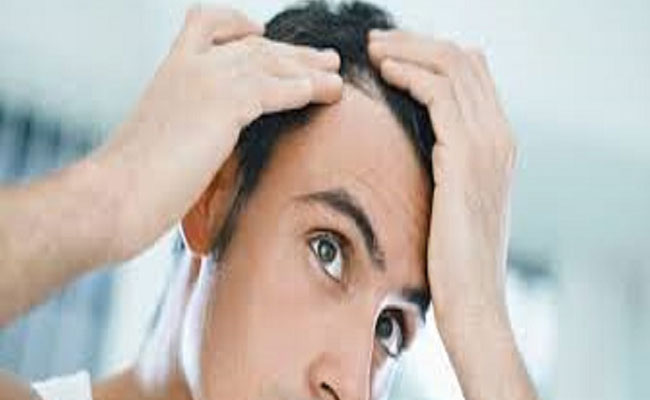
BioFibre Hair Implant is an innovative method which is now helping men and women to win the age-old battle against hair loss. Biofibre is biocompatible (compatible with the human body) artificial hair which is CE Certified for Hair Implant. It is a safe and effective medical technique to combat the baldness problem both in men and women.
This technique is suitable for any age and even for those who are completely bald. It is also popular among those who are not suffering from a significant level of hair loss but simply wish to enjoy fuller, thicker-looking hair. This hair restoration treatment has a great level of flexibility, as patients can choose as many or as few hair implants as they wish. This method of hair implant gives you an instant result and no more waiting period for hair growth is required as these are artificial hair.
It is classed as a minor surgical procedure. These hair implants look identical to natural hair. They should be maintained with quality hair products, just like your natural hair. They are very resistant and do not break easily. This implant is recommended for hair thinning or androgenetic alopecia (male pattern baldness), scarring alopecia. It can be used in conjunction with other hair restoration techniques when required.
PRP PLATLET RICH PLASMA FOR HAIR LOSS
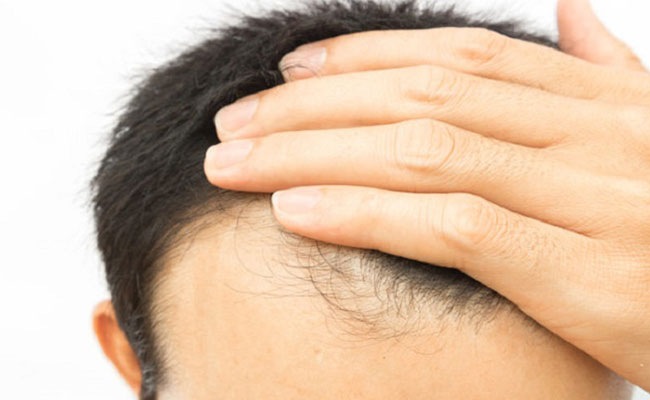
We have been performing PRP therapy as a proactive therapeutic option for male and female patients experiencing hair loss. PRP is an exciting non-surgical therapeutic option for patients who require stimulation of hair growth for hair loss conditions. Recent scientific research and technology provides the medical community with new understandings of wound and tissue healing. As a result of these scientific studies, we recognize PRP is an all-natural autologous medical procedure performed in physicians offices for scalp, skin, and hair stimulation.
HOW DO YOU PERFORM THE PROCEDURE?
Blood is drawn in our office as though you are having routine blood testing at your primary care physician’s office. The blood is spun in a centrifuge and the PRP is separated and removed from the rest of the blood. The PRP is taken from your body and is specially prepared by spinning down the blood cells to a high concentration. The system eliminates granulocytes which hurts tissue regeneration and wound healing. An anesthesia block is given to nerves of the scalp so the patient does not feel any pain. The highly concentrated platelet rich plasma (PRP) is then injected into the scalp. The patient’s hair is then washed and the patient may drive home without any assistance. No sedation or any medication is given during the procedure to inhibit the ability to drive or use machinery. PRP contains many growth factors that stimulate the hair follicle growth. PRP can be used preoperatively, intraoperatively, or post operatively. Some patient’s chose to have PRP performed every three (3) to four (4) months as early data suggests regular or semiannual PRP treatments that may stimulate hair growth.
PRP WITH STEM CELL
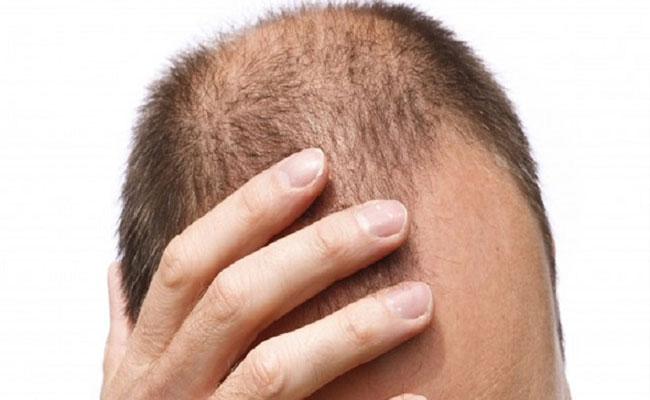
PRP WITH STEM CELLS and MICRONIZED FAT TRANSFER TO THE SCALP under Local Anesthesia: Ring Block
PRP has been used successfully in other medical and surgical disciplines for many years. The decision to use PRP is a personal decision and should be made after careful research, consideration, and consultation with a physician. PRP with cell therapy is safe and natural because the procedure concentrates the good cells from your scalp and injects them directly back into the area where it is needed. There is absolutely no chance of getting a blood infection from another human being. PRP involves using your own cells that are not modified so it is not rejected by your immune system.
Extensive clinical trials are not complete and medical data is not yet published to establish the absolute effectiveness of PRP. PRP should not be considered a “cure” for hair loss and no guarantee can be made about its individual effectiveness. No claim of PRP efficacy in promoting hair growth can be made because there is no FDA approval that would allow such claims to be made.
MICRO-NEEDLING WITH PRP STEM CELLS AS A NON-SURGICAL THERAPY FOR HAIR RESTORSTION
Dr Tawfik Sefrioui'sScarless Cosmetic Surgery Practice is now performing microneedling with platelet-rich plasma therapy (PRP) as a proactive therapeutic option for male and female patients experiencing hair loss. PRP is an exciting non-surgical therapeutic option for patients who may benefit from stimulation of hair growth for hair loss conditions.Many people are concerned about thinning hair and loss of hair on areas of their head whether caused by the aging process or various medications. If you’re one of them, you may also be reading and hearing how our own blood is being used in treatments to restore a youthful appearance to skin, and interestingly, about the significant results PRP is achieving to promote hair growth and preventing further hair loss.
In Addition to the PRP OPTION the Practice Offers a Unique Option to Add Cell Thérapie as Regenerative option to enhance the efficacy of the treatment and to administer only one session instead of multiple ones in compilation with LED Therapy and Adjuvant options to stop the thinning of the hair and promote new hair growth.
FOTOFINDER
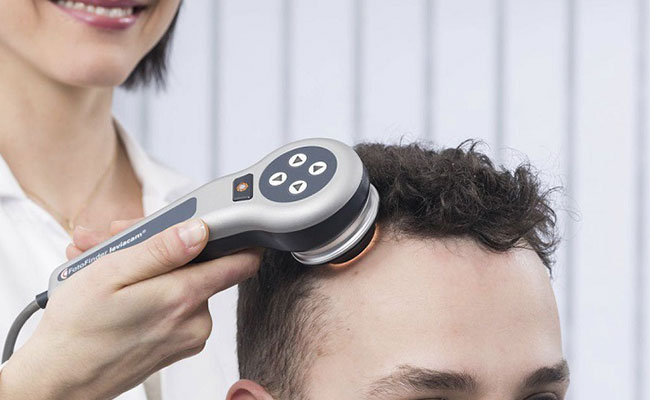
Many patients experience increased psychological strain when the problem lies with their hair. For this reason, assessing hair loss correctly is essential for a successful treatment. FotoFinder offers cutting-edge technology in hair consultations. The program calculates all the parameters of hair loss automatically. Unlike conventional trichograms, examination with FotoFinder is painless and extremely accurate. The use of this technology makes it possible to evaluate therapeutic agents for hair and facilitates the assessment of the treatment's success.
How FotoFinder supports you in hair consultations :
- Calculates the number of hairs, hair density, anagen-telogen rate, number and density of vellus and terminal hairs
- Support in the assessment of the treatment's success in hair treatments and hair transplants
- Painless procedure without epilation
- Accurate images for precise measurement and analysis
- Informative, personalized reports
LASER LIGHT THERAPY FOR HAIR RESTORATION
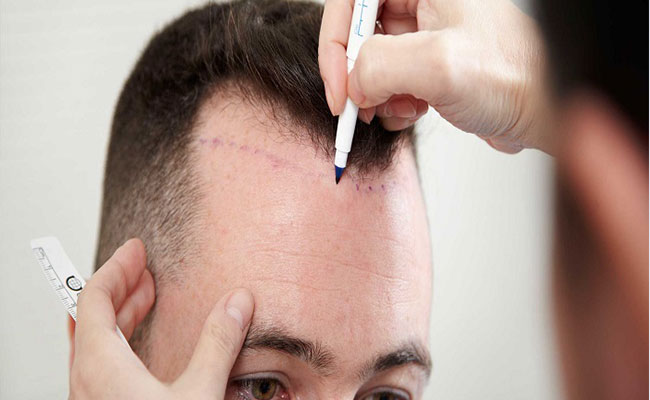
Laser light therapy was FDA approved for the treatment of alopecia in men in 2007, and later for women in 2009. This non UV light, non radiation treatment uses two wavelengths of light including red and green. Research points to efficacy for improvement in the number/ density of follicles, thickness of individual hair shaft diameter, and restoration of dormant follicles into an active growth phase.
We offer the latest technology on LED Red and Green Laser Light Therapy. The standard in- office treatment is twice weekly, with sessions lasting 25 minutes for the first six weeks and then twice monthly thereafter for the next 3 to 6 months. Maintenance theraphy includes at minimum one time per month, however improved results are noted with more frequent sessions.
The light source is applied while you either sit or lay down and the procedure is painless. Typical results are noted after 3 months and maintenance is required to provide long term results.
Laser Light therapy can be used alone or in conjunction with hair restoration surgery. When used following hair restoration therapy it promotes early growth and survival of the transplanted hairs.
Women are excellent candidates for Laser Light Therapy prior to planned hair restoration surgery to prevent shedding of follicles after hair restoration surgery which is much more common in women compared to men. It is also an effective tool when used alone in women to improve density/ decreased shedding.
Laser light therapy is not likely to be useful in individuals with long- term and progressive balding or in individuals with contraindications for use of laser therapy such as in those with skin cancer. It is otherwise a safe and potentially effective treatment for alopecia, though results may vary.
